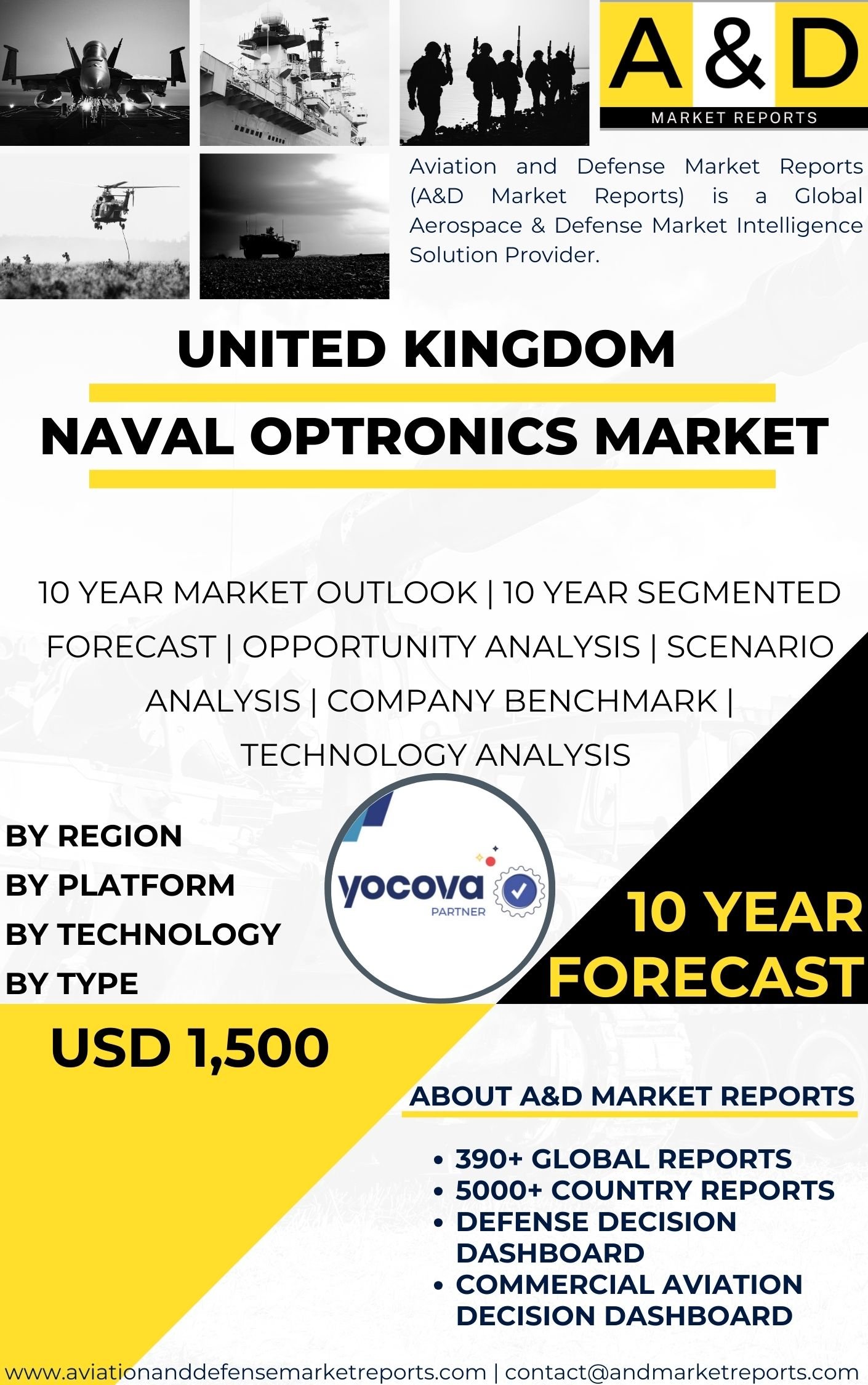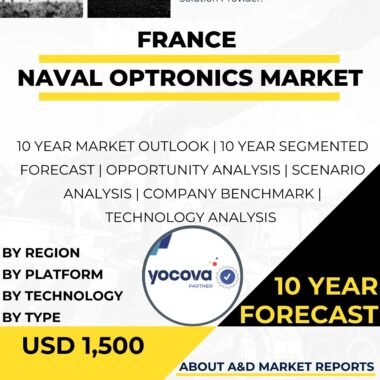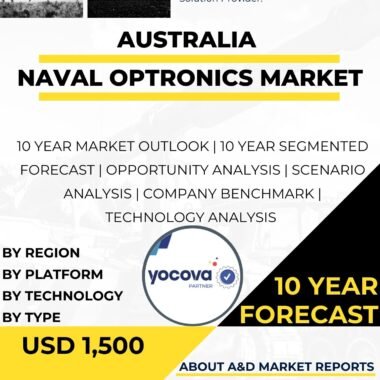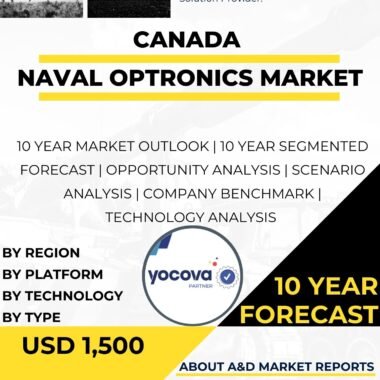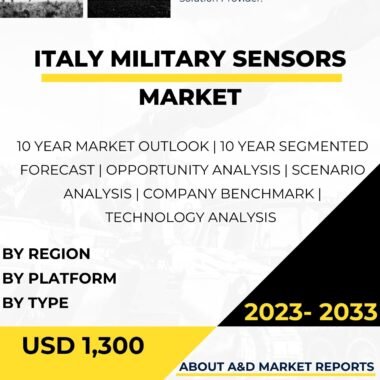Description
Naval Optronics Market in the United Kingdom
The Naval Optronics Market is a critical part of the country’s defense and maritime sector. Naval optronics include advanced optical and electronic systems used on ships, submarines, and coastal defense platforms. These tools—such as thermal imagers, infrared cameras, laser rangefinders, and night vision devices—give operators clear visual data in challenging environments. They support navigation, surveillance, target acquisition, and threat detection. The UK continues to upgrade its naval forces with modern optronic technologies to strengthen maritime security.
Demand Trends in the Naval Optronics Market in the United Kingdom
Growing threats in the maritime domain drive demand for advanced optronics. The Royal Navy faces challenges such as smuggling, piracy, and illegal incursions. To meet these challenges, the UK requires sensors with long-range, high-resolution, and multispectral imaging capabilities.
These systems provide clear views in visible, infrared, and low-light conditions. They allow day-and-night operations and support missions during poor weather. This flexibility helps the UK protect sea routes, carry out search and rescue missions, and enhance combat readiness.
Technology Advancements Boosting the Market
Technological progress strongly influences the Naval Optronics Market in the United Kingdom. Artificial intelligence and machine learning help identify targets faster and with greater accuracy. These tools reduce operator workload and speed up decision-making.
Modern optronic systems are modular and work alongside radar, sonar, and electronic warfare technologies. Together, they form a powerful sensor network that improves situational awareness. Stabilization systems keep images clear in rough sea conditions. Secure data links ensure rapid information sharing across platforms, including manned ships and unmanned vehicles. Smaller sensors now allow advanced optronics to be fitted onto unmanned surface and underwater vessels.
Fleet Modernization and Strategic Priorities
The Royal Navy continues to modernize its fleet to support multi-domain operations. This strategy increases the importance of optronics for full battlespace awareness. The United Kingdom’s strategic interests, from the North Atlantic to wider maritime regions, create ongoing demand for reliable and advanced sensors.
Naval optronics support peace-time missions such as border patrols and counter-piracy. They also play key roles in conflict situations that require precise targeting, rapid threat detection, and secure information exchange.
Key Industry Players and Market Opportunities
The Naval Optronics Market in the United Kingdom includes strong domestic and international defense companies. Many firms collaborate to provide integrated solutions that meet the Royal Navy’s mission requirements.
The sector sees continuous improvements in image processing, data fusion, autonomous sensing, and sensor hardware. British companies play a major role in research and development and help push the technology forward. Export opportunities also exist, as allied navies look to upgrade their optronic systems and enhance platform integration. These opportunities support the UK’s position as a leader in naval defense technology.
Future Outlook for the Naval Optronics Market in the United Kingdom
The UK’s naval optronics sector will continue to expand as new technologies emerge. AI-powered sensors, improved stabilization, and unmanned maritime systems will shape the next generation of naval capabilities. Optronics will remain vital for protecting maritime interests and maintaining naval strength.
Modernization programs, new mission needs, and deeper cooperation with allied forces will further drive the market. As a result, naval optronics will stay at the core of the United Kingdom’s maritime security and defense strategy.
